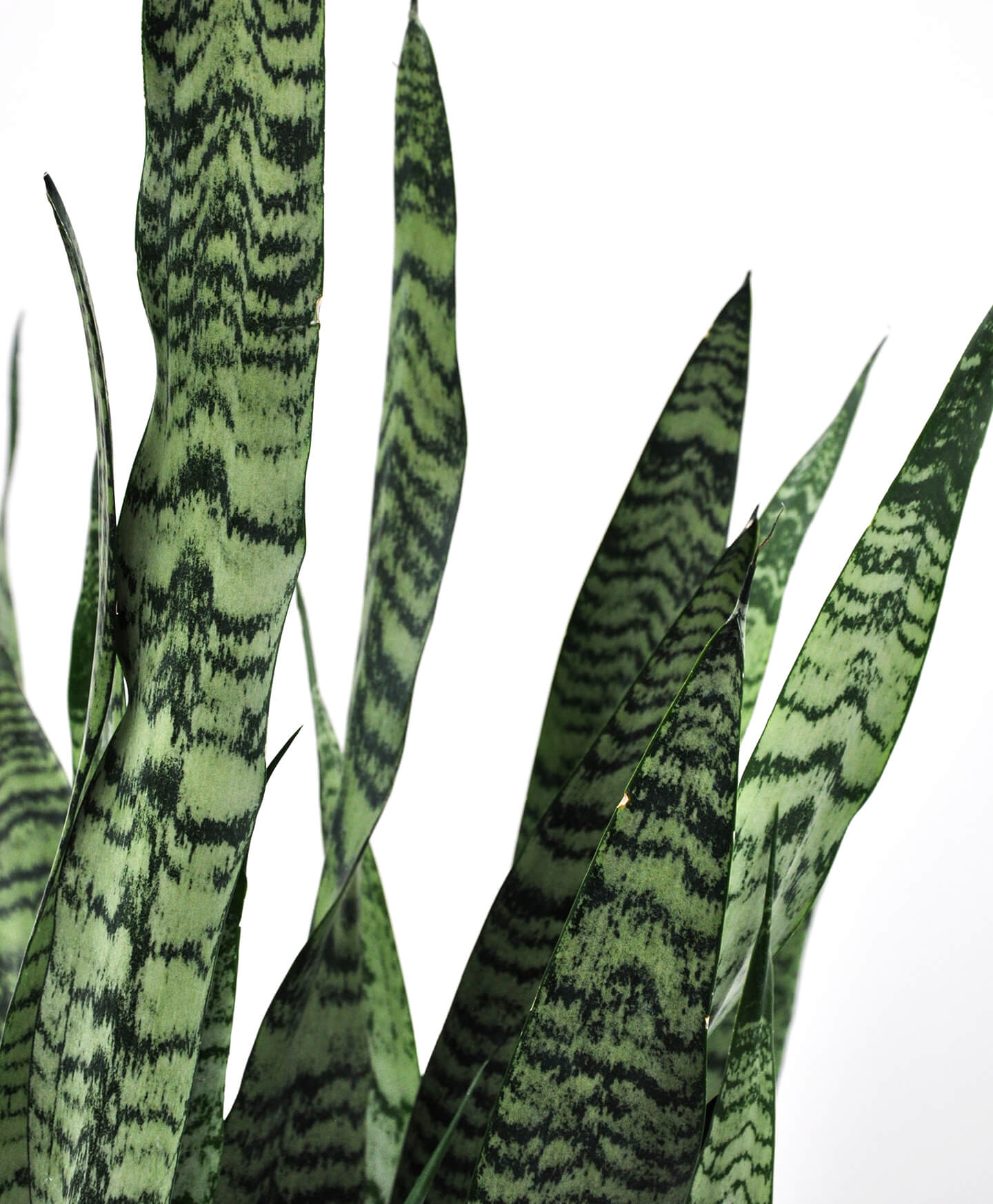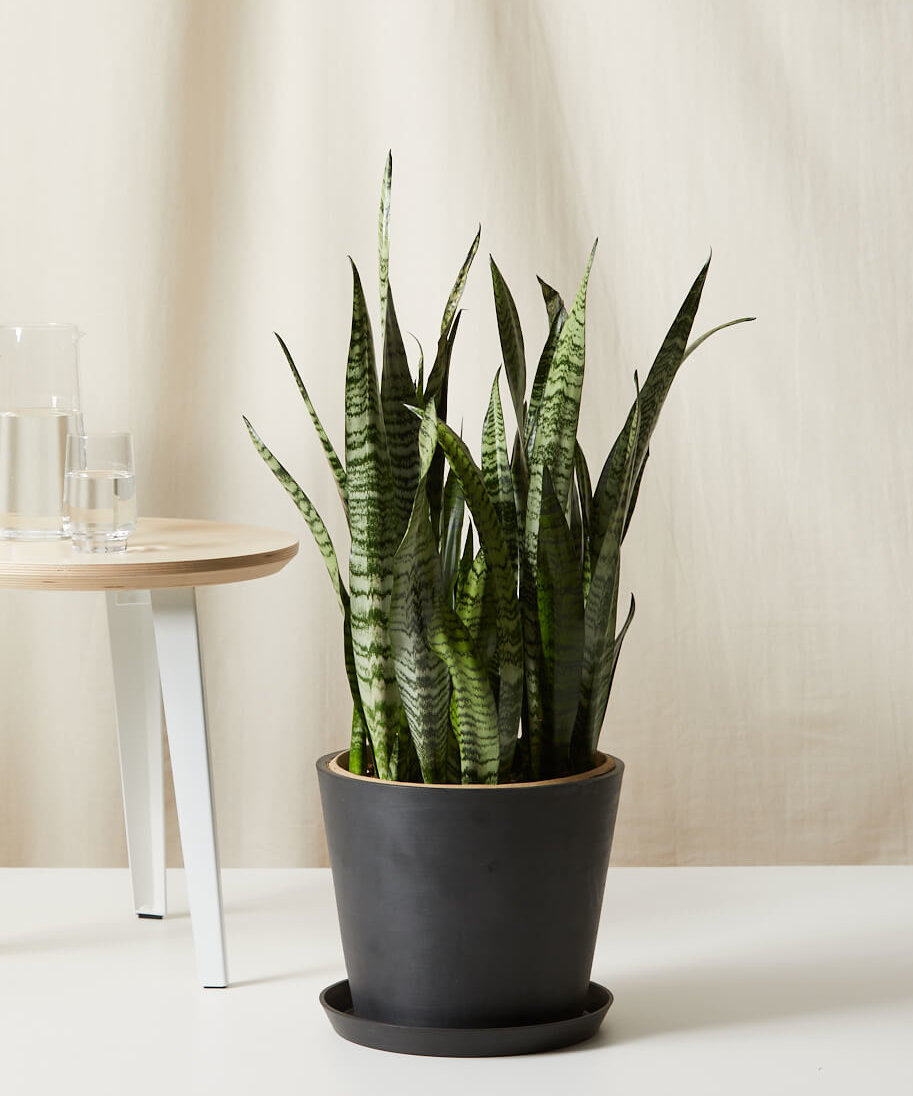The delicate, fern-like foliage of the Argentine Senna shrub is one of its most prized attributes. But when those elegant leaves start curling, it can be cause for concern Leaf curling in Argentine Senna is often symptomatic of an underlying issue In this article, we’ll explore the various factors that can cause leaf curling in Argentine Senna shrubs and provide tips to restore your plant’s health.
Overview of Leaf Curling
Leaf curling refers to leaves that bend, twist, or deform from their normal flattened appearance. The margins may roll inward or outward. Leaves may fold upwards or downwards. This distortion of the foliage happens when the plant is responding to some type of stressor.
Leaf curling signifies that the plant is struggling to regulate moisture, temperature, or nutrient intake It’s the Argentine Senna’s way of coping with adverse conditions Let’s look at some of the potential triggers.
Environmental Stressors
Improper Watering
Insufficient or excessive watering commonly causes Argentine Senna leaves to curl Underwatering leads to leaves curling upwards as the plant loses turgidity Overwatering causes leaves to curl downwards as a protective response,
Monitor soil moisture regularly and water deeply only when the top few inches become dry. Proper watering is key to preventing moisture stress.
Temperature Extremes
Sudden temperature changes or prolonged exposure to heat or cold can trigger leaf curling in Argentine Senna. Hot temperatures cause leaves to curl upwards to minimize water loss. Cold temperatures lead to downward curling to conserve heat.
Shelter your Argentine Senna from temperature extremes, which stress the plant. Situate in a spot with moderate temperatures.
Dry Air
Low humidity levels cause excess moisture loss through the leaves, which can lead to curling margins as the plant struggles to conserve water.
Boost ambient humidity for your Argentine Senna with pebble trays or a humidifier. Mist the plant regularly as well.
Nutrient Deficiencies
Lack of important nutrients like nitrogen, potassium, and magnesium leads to impaired growth and leaf curling in Argentine Senna. Fertilize regularly with a balanced plant food to prevent deficiency.
Poor Drainage
Excess moisture around the roots due to poor drainage forces the leaves to curl downwards in an attempt to reduce water uptake.
Improve drainage by amending heavy soil with compost or switching to a well-draining potting mix.
Pests and Diseases
Aphids
These sap-sucking insects can cause leaves to distort and curl as their feeding damages plant tissues. Check for colonies of tiny insects on the undersides of leaves and stems.
Wipe off aphids with insecticidal soap or use natural predators like ladybugs to control infestations.
Spider Mites
The piercing-sucking mouthparts of spider mites cause stippling, discoloration, and curling of leaves. Webbing may be visible under leaves or on shoots.
Blast spider mites off with a strong stream of water or use neem oil. Reduce dust buildup and maintain proper humidity.
Powdery Mildew
This fungal disease thrives in wet, humid conditions. It causes leaves to curl upwards as a white powdery growth covers leaf surfaces, inhibiting photosynthesis.
Improve air circulation around plants. Apply neem oil as a preventative when humidity is high.
Viral Infections
Viruses like tobacco mosaic virus cause stunted growth, mottling, and severe leaf curling in infected Argentine Senna plants. They are spread by tools and insects.
Remove and destroy affected plants. Sterilize tools to prevent transmission when pruning healthy plants.
Corrective Care for Leaf Curling
- Evaluate watering frequency and adjust to keep soil evenly moist but not saturated
- Move plant to suitable temperature zone away from cold drafts or hot sun
- Increase ambient humidity through misting, pebble trays, or humidifiers
- Apply balanced fertilizer to prevent nutrient deficiencies
- Improve drainage through soil amendments or repotting
- Remove curled leaves to promote new healthy growth
- Treat pests and diseases using organic sprays or natural predators
- Provide supportive care to help plant recover from stress factors
Preventing Future Leaf Curling
- Water thoroughly only when topsoil is partly dry
- Avoid temperature fluctuations and extremes
- Monitor humidity and mist plant when air is dry
- Fertilize regularly during growing season
- Ensure pot has drainage holes to prevent waterlogging
- Prune strategically to open up interior canopy
- Check frequently for signs of pests and treat early
- Disinfect tools and prune away infected growth
- Rotate plant to promote even sun exposure
Careful monitoring and prompt troubleshooting at the first signs of leaf curling are key to maintaining your Argentine Senna’s beautiful foliage. With proper care tailored to its needs, your plant will thrive and delight you with its graceful, vibrant leaves.

Your Sansevieria can go weeks between watering, so overwatering is extremely common. Overwatering and improper drainage will cause leaves to fold but generally not curl. Curling can occur when the plant is underwatered and left dry for too long.

Soil dry for too long
Your Sansevieria is very drought-tolerant, but that doesn’t mean you can forget about it completely. Be sure you’re not over or underwatering your plant. Keep a consistent watering schedule–water when the top 50% of the soil is dry.
If you accidentally leave your Sansevieria’s soil completely dry for too long, you may see leaves go limp, droop, and possibly start to brown and curl. If the soil is extremely dry all the way through the pot, a thorough soak is in order.
Here’s how to soak-water your Sansevieria:
- Place your plant in your sink or tub without the saucer. Fill your basin up with about 3-4″ of water. Make sure the water isn’t hot!
- Allow your plant to soak up water through the drainage hole in the bottom of the pot for at least 45 min.
- Feel the top of the soil after your plant has been soaking–has the water reached the top 2-3” of soil?
- If not all the soil feels saturated, water your Sansevieria lightly from the top of the soil to help speed up the saturation.
- When your plant’s soil is evenly damp, drain the sink/tub and allow the plant to rest while it drains thoroughly. Place the plant back on its saucer and back in its proper spot.

What Causes Leaf Curl? – The Garden Sage 10
Why do plant leaves curl?
Plant leaves can curl inward, outward, and even upward for various reasons. An excess of water, pest infestation, over-fertilization, nitrogen deficiency, and transplant shock cause downward curling of your plant’s leaves.
Why do leaves curl up & fold over?
There are many reasons why the leaves of plants curl up or fold over. Leaf curling and leaf folding are two of the most prevalent signs of plant problems. It is ideal for keeping the soil as moist as needed by the respective plant because many plants require a lot of water, and many plants don’t need lots of it. It depends on various factors.?
Why do Hosta leaves curl?
The Hosta plant is a genus of plants commonly known as hostas which also has a curling appearance and is a shade-tolerant foliage plant. Banana plants are also known for producing curled leaves as young shoots. Additionally, succulent leaves will curl because of a lack of water.
Why are my cactus leaves curling?
Fans and excess wind can cause unintentional harm to the plant. Overwatering can result in root rots, and that can become a reason for leaves curling. That is why it said that you should provide water to the plant when needed not when you want to.
